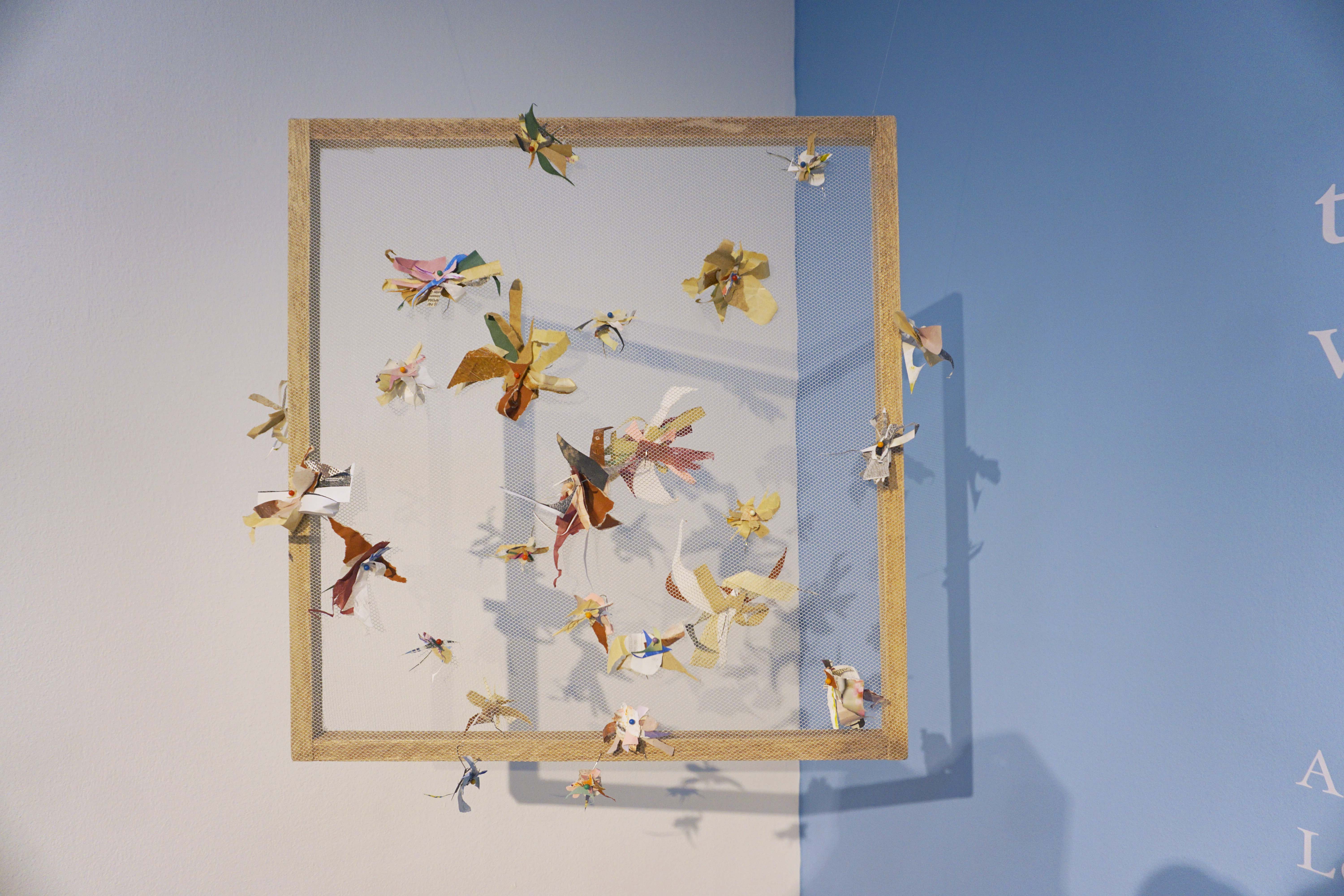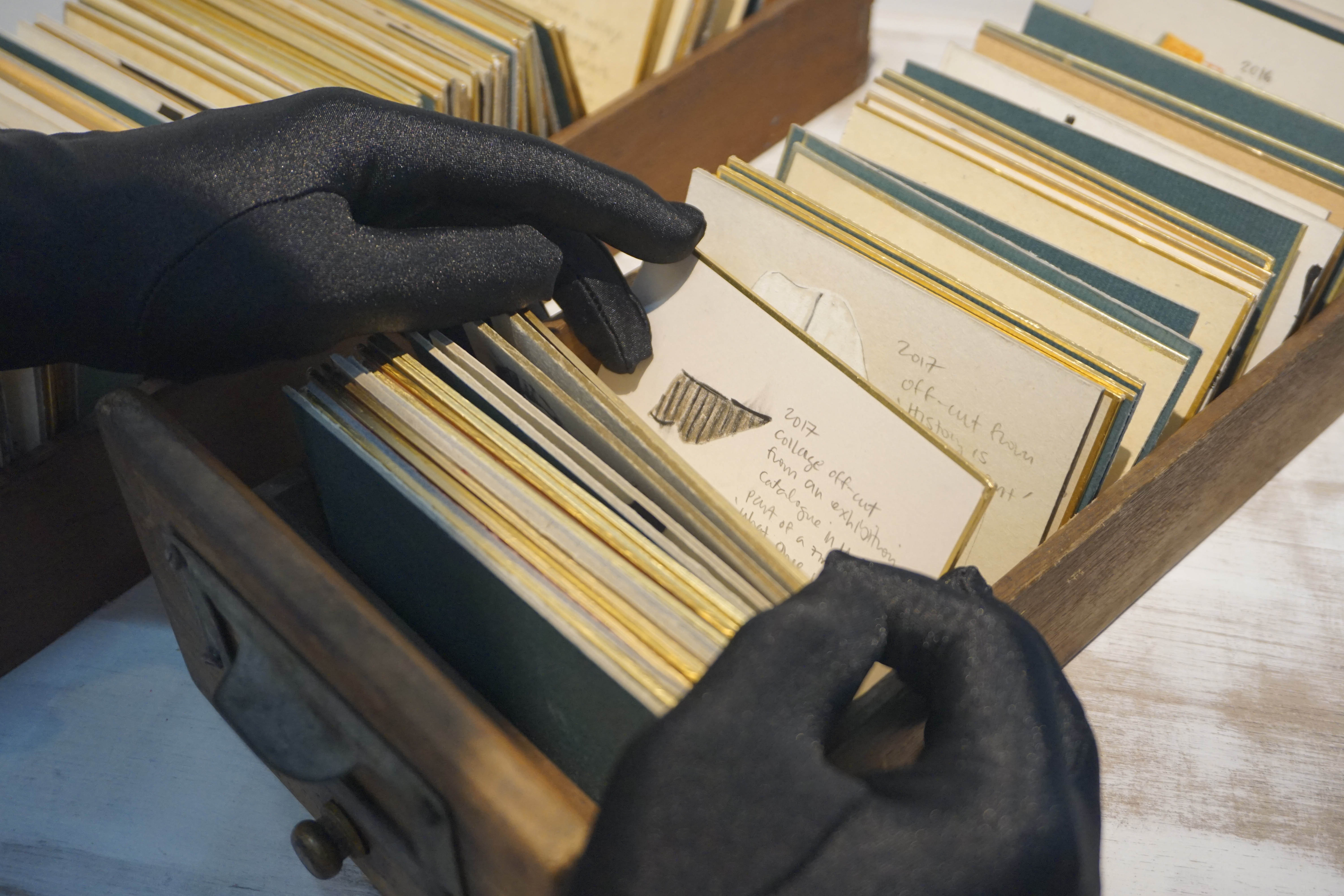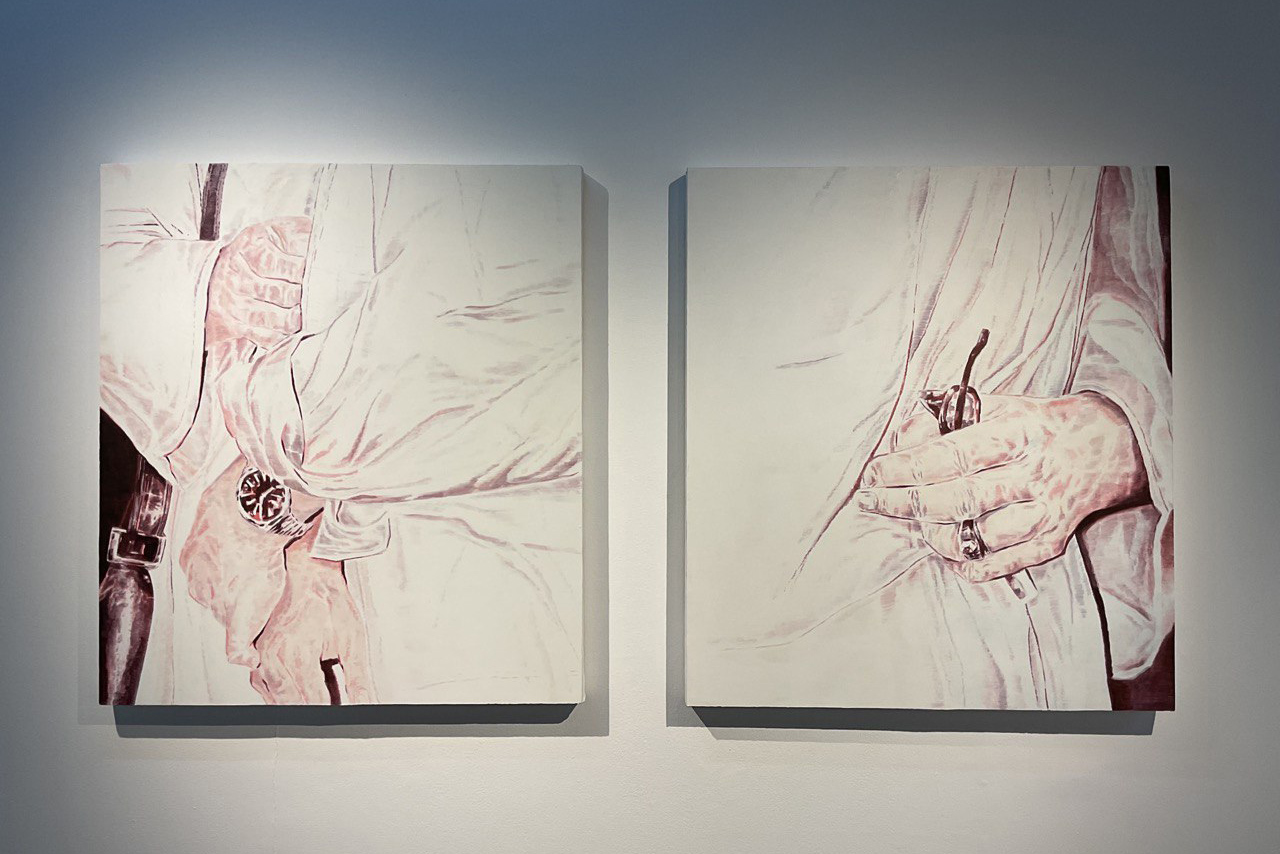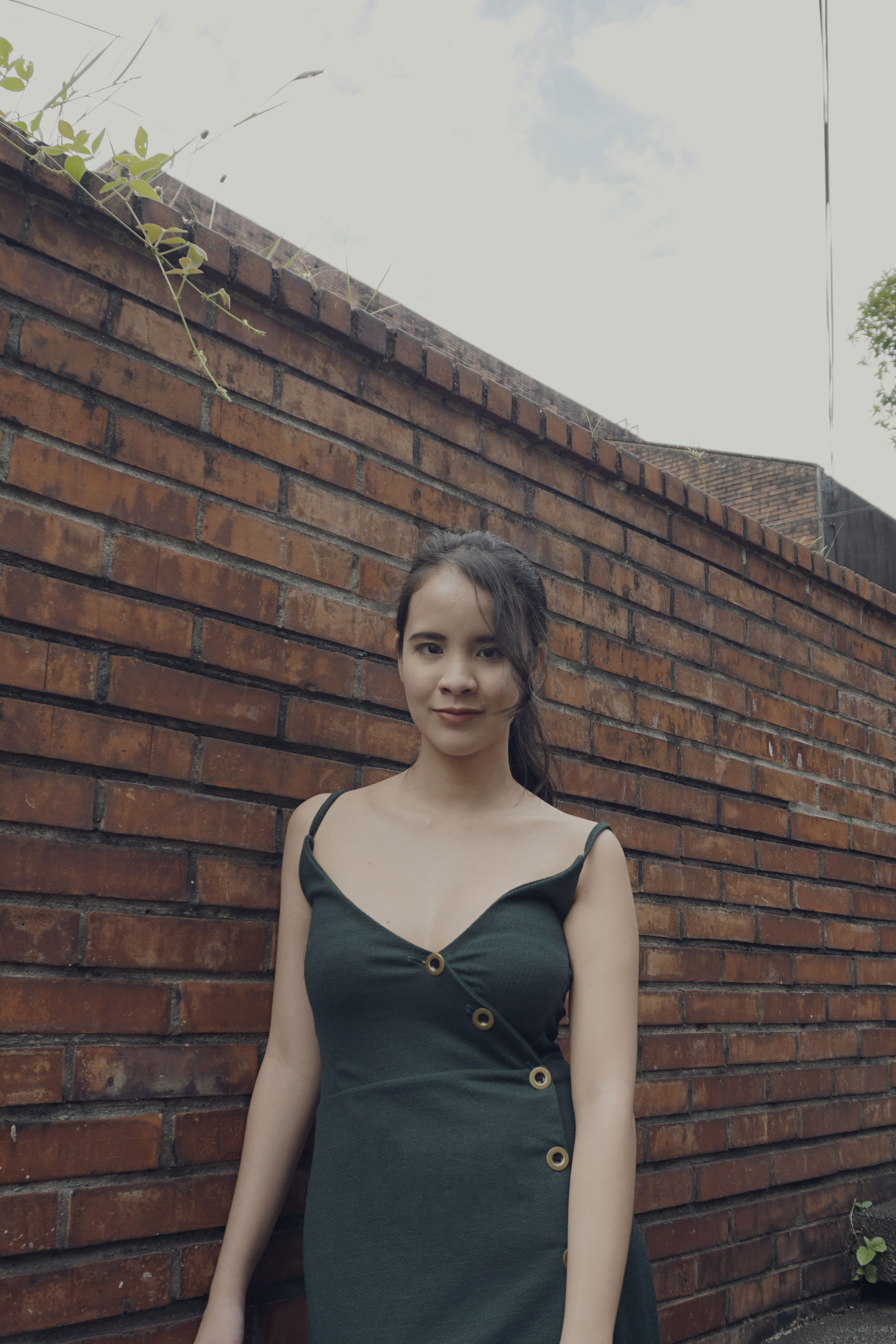A critic’s life is hardly ever a given thing. More likely, it is a path strewn with feints, false starts, renunciations, you name it; the critic has probably been faced with some sort of circuitous, twisting encounter. “The art criticism ate the poetry,” the late Peter Schjeldahl said in a 2014 interview. First a magazine writer, then a poet, then a broke poet, Schjeldahl eventually laid down his roots in the New York City art scene where he wrote art reviews to support himself more consistently. A tentative move at first, Schjeldahl’s turn to criticism would not have been possible without his love for language, which poetry nourished. “A poet is a master of the language,” he said. “That’s what poetry’s for, bringing the language to peak efficiency.”
Schjeldahl’s book of collected criticism, Hot, Cold, Heavy, Light: 100 Art Writings, 1988-2018, is a masterclass showcase of his alert and intellectual blend of the poetic and the critical, but it is also, to my eyes, a vision of art criticism at its most permeable. The poetry never left his work, but transfigured into something else entirely: an experimental mode of literature which accommodated his visceral taste for and drive to understand art and its entangled histories.
I think of Schjeldahl’s trajectory, from poet to critic, as inspiring yet altogether mundane and pragmatic. It reminds me, too, of how the art world appears boxed-in and discrete, each actor functioning under their own banner, but when examined more closely, may actually reveal itself as continuous and free-flowing. Openness, maybe, lurks beneath the weight of category and classification, and agenda makes room for agency, or at least some sense of it.
Openness is what I’m drawn to as I spend time contemplating the exhibition The eye cuts where the hand lands, curated by the art critic and educator Pristine de Leon. Shown at Gravity Art Space last January, the exhibition prioritizes discovery and play over structure as it calls on a rangy display of artistic practices — from the found curios of Fatima Erasmo, to the collage and card drawings of Jel Suarez, to the delicate chemigrams of Dennese Victoria. More broadly, the exhibition can also be read as Pristine de Leon’s response to a challenge posed by the critic and professor Dr. Patrick Flores: “how do you curate without a theme?” If a theme is like the sun around which a system revolves, how do you organize an exhibition without one encompassing source? How do you unsettle the methodological protocols of a theme, and to what end is the unsettling for?
For de Leon, the journey to answering those questions began with the idea of tactility. Touch, contact, the pinprick of an artwork. An extension of her scholarly interests (she is currently doing research on the concept of the critic as a “tactile body”), the exhibition’s preoccupation with tactility became a node for initiating other ideas. “What I wanted to do with tactility is not really make it the center of the exhibition,” she tells me. “Instead what I wanted was to allow tactility to generate other points.”
Instead of asking the artists to create art under a given theme, de Leon wanted to engage in conversations with the artists to get a grasp of their practice: “I think practice can be seen through trajectories and directions, and curatorial practice for me is a way of teasing out intersections between these practices.” Conversation—a Zoom interview, a studio visit, or just a casual hangout—then, became both the backbone and material of the exhibition.

“The exhibition was enabled through conversations with the artists,” de Leon says, “and I think that relates a lot with me being a writer.” Working as a journalist after graduating with a degree in communication from Ateneo de Manila University, de Leon cultivated an ear for listening to others, picking up fibers of an idea and braiding and plaiting insight. “I started writing on visual art because I was drawn to its pauses and provocations, and also because of the nourishment it could give,” she recounts in a 2021 essay.
Lately, de Leon’s preoccupations have expanded well beyond visual art. She has scrutinized the vocabulary of emotion as played out in the 2022 Marcos propaganda film Maid in Malacañang, explored the fraught negotiations between artists and government agencies, and reviewed stage plays from the Virgin Labfest festival.
Speaking about her enjoyment in approaching different genres and registers of writing, de Leon recalls her love of language and play: “I’m interested in how each field has different vocabularies for things, like when you read theater reviews, they’re not as dense as visual art reviews. That’s so interesting to me as a writer.” Her interest in the tactile crops up even here: “I like figuring out how writers play with ideas. How they stretch thought.”
Venturing into curation, de Leon wanted to challenge herself to learn a new way of thinking about art that went outside the range of writing. “It’s so refreshing to curate,” she tells me, seeing curation as a necessary countermeasure against the stance of the critic. “I’m very wary about the arrogance of the critic, the conceit of the critic.” She worries that to be in such a position constantly may feed into a tendency to always be “the final judge of the work.” And what happens when a critic arrives at that point of stasis? “Even voice can be settled.”
An expansiveness of thought, as well as a humility to surrender oneself to the process, are particularly important traits to have as a curator. “Curation is so much about attending — attending to the audience, to the practice, to the gallery.”
Tessa Maria Guazon, who mentored de Leon in 2019 under the UP Vargas Museum’s Curatorial Development Workshop and who joined as a member of the curatorial team for the 2021 Asian Art Biennale, wrote to me that the curatorial “comprises many aspects of knowledge-making, which can be described as discursive, creative, and pragmatic.” Research greatly informs Guazon’s curatorial practice. “Cumulatively, [my interests] are about cultural programs in cities – how they are activated by development goals and mediated by communities.” In this sense, Guazon sees curation as both artistic and social practice: “The curatorial and the exhibitionary, the exhibition among them, is a mode of thinking through these interests, a way of putting out ideas in the world.”
If art writing is mediated by listening and absorbing, settling into an artwork’s gravity as a means of unraveling it, then curation is itself a disruptive act which relies on a wider network of production.

It comes as no surprise then that de Leon wrote the exhibition notes with a kind of roving scope, made all the more palpable by its fragmented form. Alluding to the exhibition’s approach to the collective, de Leon observes that the “archive here is not personal, but intimate; it keeps the world close by. The hand is only one among many hands, open to being touched.” Tactility, the exhibition proposes, ultimately finds resonance through the social: in hands combing through Jel Suarez’s cabinet drawings, in imagining the labor of holding and extending in Babylyn Geroche Fajilutan’s paper and thread works, and in parsing through Allan Balisi’s study book with a glove used by the person before you.
Through writing and curating, twinned tasks that demand patience and resourcefulness, de Leon participates in the process of archiving. “It takes time to build an archive: time to find things worth keeping, time to tuck them into places, time to dust them off and cast them back into the light,” she writes. In the archive of the exhibition, pieces and things carry histories of their own making. These histories, mapped and re-mapped over time, are sedimented in these works, calling notice to the deep time involved in artmaking.

In Jarrett Earnest’s introduction to the Schjeldahl collection, he observes how Schjeldahl “attends closely to the often contradictory ideas, emotions, and associations that arise when we look at art, thereby clearing away any pre-existing opinions, and stays responsive to the specificity of each encounter.” Seeing, as the introduction title makes explicit, is a contact sport. To see, with attentiveness and generosity, is to allow oneself to be touched. Throughout the exhibition, we stay close to discoverable matter, welcoming and receiving, touching as well as feeling.
Curated by Pristine de Leon, The Eye Cuts Where The Hand Lands featured the works of Allan Balisi, Lesley-Anne Cao, Fatima Erasmo, Babylyn Geroche Fajilagutan, Jel Suarez, and Dennese Victoria, and ran from January 6 to February 4 at Gravity Art Space in Quezon City.
Sean Carballo is a writer and undergraduate from the Ateneo de Manila University.
Images courtesy of Pristine de Leon and Gravity Art Space.

